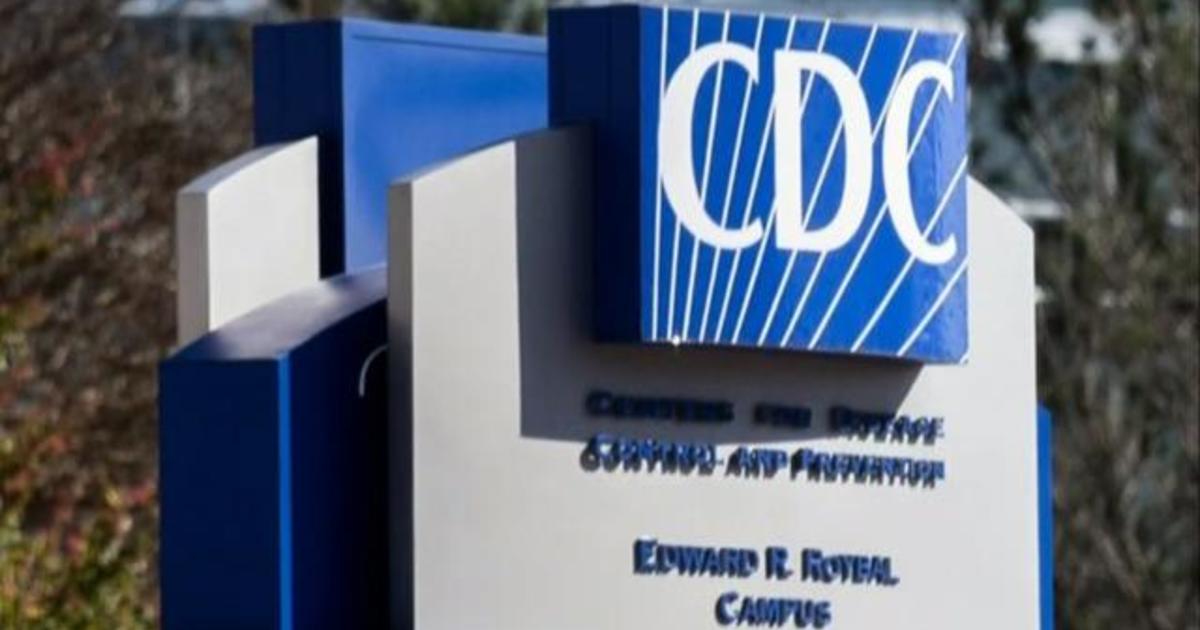
The Centers for Disease Control and Prevention issued a statement on Thursday expanding on its updated COVID-19 guidance on who should be tested — a day after top infectious disease expert Dr. Anthony Fauci indicated he did not weigh in on the new guidance.
The CDC revised its recommendations earlier this week to indicate that many individuals who have been exposed to the coronavirus but are not showing symptoms may not need to be tested. That sparked concern from many medical experts because people who are asymptomatic can still spread the virus to others.
On Thursday, the CDC explained that its intent was to emphasize that people with symptoms, those with a “significant exposure,” and those who are in nursing homes or long-term care facilities should be tested, as well as “critical infrastructure workers, healthcare workers and first responders, or those individuals who may be asymptomatic when prioritized by medical and public health officials.”
The statement said that everyone “who wants a test does not necessarily need a test,” but added that testing “may be considered for all close contacts of confirmed or probable COVID-19 patients.” And the agency advised that those without symptoms who test negative or do not take a test should still stick to CDC mitigation protocols.
The statement described those mitigation steps to include monitoring one’s symptoms, taking precautions to protect vulnerable people, wearing masks, maintaining social distancing, washing your hands, and contacting health care providers to decide whether testing is needed.
Previously, the CDC recommended that “all close contacts of persons with SARS-CoV-2 infection” be tested, due to “the potential for asymptomatic and pre-symptomatic transmission.” Revisions made on August 24, however, suggest that only certain groups needed to be tested after exposure. It said that people who have been within six feet of someone with COVID-19 for at least 15 minutes but do not have symptoms “do not necessarily need a test.”
The agency advises that if you “are a vulnerable individual or your health care provider or state or local public health officials recommend you take one.”
“Vulnerable individuals” are defined as elderly people, as well as those with underlying health conditions, according to the agency. The CDC lists eight conditions that put a person at increased risk of severe illness from COVID-19 and numerous other conditions that “might” indicate risk.
The updated guidance also warns that just because an exposed individual tests negative, it doesn’t mean that an infection won’t develop “at a later time.”
And the CDC still warns that infected asymptomatic individuals may spread the virus — they may “feel well and have no symptoms.”
Admiral Brett P. Giroir, of the U.S. Department of Health and Human Services (HHS), said Wednesday that the change was made to give more power and support to local public health officials.
HHS said in a statement to CBS News that the guidance was updated “to place an emphasis on testing individuals for both clinical and/or public health reasons, including the testing of asymptomatic people when directed by public health leaders or health care providers.” It added that “the updated guidance is to ensure testing is used appropriately and individuals are protecting themselves and others.”
Giroir, who leads HHS’ COVID-19 diagnostic testing efforts, said the decision was approved by agency leaders, including Dr. Anthony Fauci, before it was presented to the White House coronavirus task force led by Vice President Pence. Asked specifically about Fauci’s approval during a telephone briefing, Giroir told reporters “all doctors signed off on this,” and the document “was approved by the task force by consensus.”
But in a statement to CBS News, Fauci said that he was under anesthesia for his vocal cord surgery when the task force was meeting to discuss changing testing guidance. He said he quickly reviewed a version later but “was not struck by the potential implications of this particular change.’
“I am concerned about the interpretation of these recommendations and worried it will give people the incorrect assumption asymptomatic spread is not of great concern,” he said in an interview Wednesday with CNN. “In fact it is.”
In its statement Thursday, the CDC said, “Updated guidelines, coordinated in conjunction with the White House Coronavirus Task Force, received appropriate attention, consultation and input from task force experts.” It did not repeat Giroir’s earlier assertion that “all doctors had signed off” or that the guidance had been approved “by the task force by consensus.”
In response to criticism of the change by public health experts, Giroir said Wednesday the government’s goal is to test prospectively, with data and strategy in mind. “Unless they believe that everyone, every day should be tested at their own whim, they really can’t argue with this,” he said.
He emphasized that testing should be done based on individual circumstances and community spread, explaining that as cases go down in a community, so will its need for testing.
“The decision to be tested should be one made in collaboration with public health officials or your health care provider based on individual circumstances and the status of community spread,” reads the HHS statement.
The U.S. has over 5.8 million coronavirus cases, the most of any country, according to data collected by Johns Hopkins University, and more than 180,000 Americans have died in the pandemic so far.
Giroir said the agency doesn’t expect the new CDC guidance to affect the volume of testing in the U.S. In fact, he said the government anticipates the volume will rise in the next couple of months as more people return to work and school and are regularly tested.
“We’re trying to get appropriate testing, not less testing,” he said.
Sara Cook contributed to this report.

